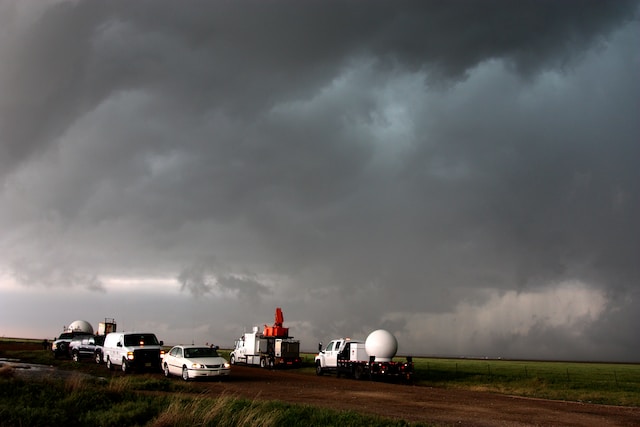On January 27th, 2015 IndustryTap reported on: “NASA’s Newest Earth Observing Mission: Measuring Global Soil Moisture.” NASA is on a number of important missions and is using an Earth-observing satellite fleet to accelerate the acquisition of data and information about the earth including the earth’s crust and surface, atmosphere, agriculture, radiance, imagery and oceans. In addition to NASA, US private sector, academia, public, and international partners are all investing time, money and resources to better understand Earth science.
Like most science programs funded by US taxpayers, space-based missions seek the best possible outcome given current funding constraints. This may sound odd when combined billions are being spent on these programs, but with the future of life on earth in the balance these numbers are not excessive.
NASA’s Earth Sciences program is run by the Goddard Space Flight Center and has completed 40 missions since the program started in 1972. Twenty-six current missions and 26 future missions are in the planning stage. For a full accounting of these missions through 2023 see the Mission Profiles.
NASA Earth Science Missions
The following information is provided by NASA:
The satellites include components of the A-Train:
Recently launched missions:
the International Space Station and eleven other satellite missions:
These satellites measure rainfall, solar irradiance, clouds, sea surface height, ocean salinity, and other aspects of the global environment. Together, they provide a picture of the Earth as a system.
Following is a video of the satellites being operated by NASA’s Earth Sciences Program.
References and related content:







